Did you know only 2% of homes in the U.S. have traditional interior design? Yet, this style is loved by many for its lasting beauty. It combines classic furnishings, rich wood tones, and elegant decor.
Traditional design is all about symmetry and timeless patterns. It also blends classic and modern elements. This guide will show you how to create a space that looks great forever.
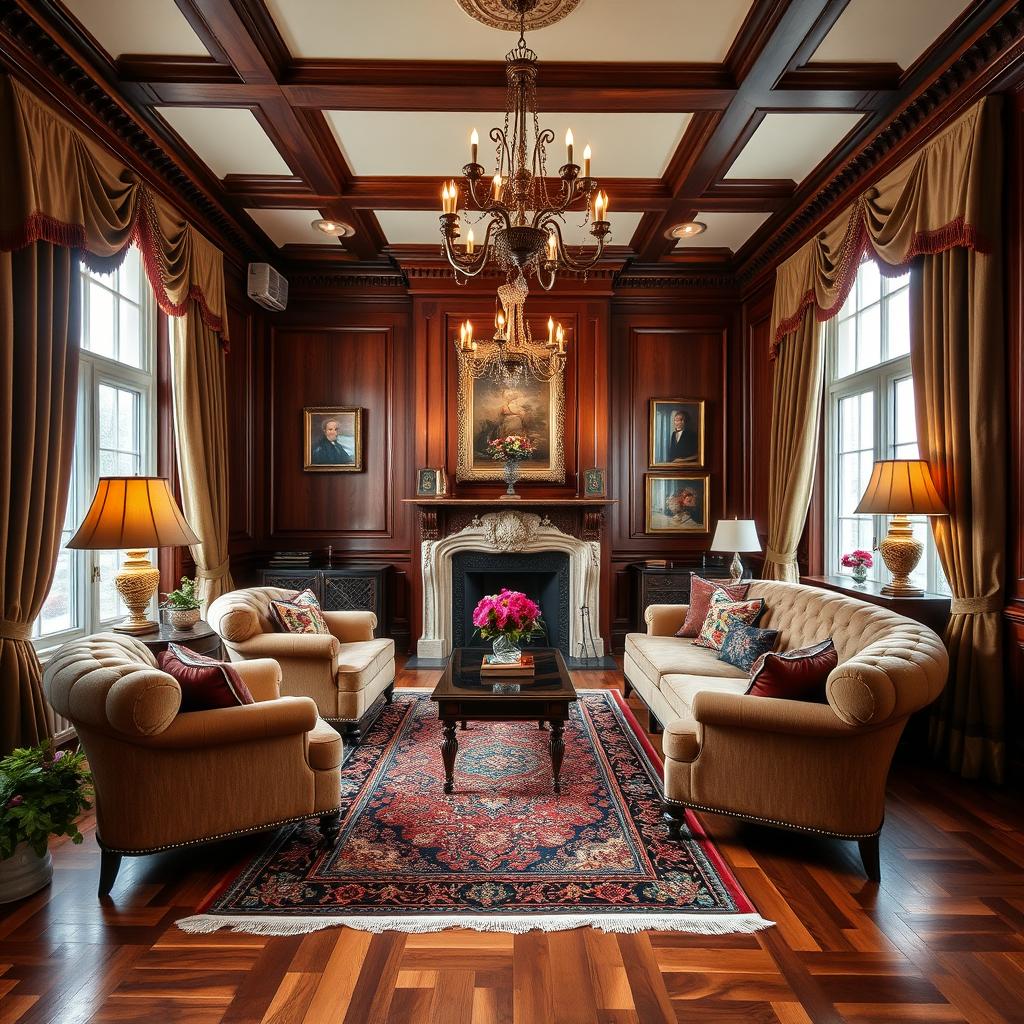
Understanding Timeless Elegance
Timeless elegance is all about loving traditional beauty and lasting charm. It mixes classic design with today’s tastes, making spaces warm, charming, and classy. It values skill, detail, and history, making places feel timeless.
Embracing Traditional Design Elements
Designers say the secret to timeless spaces is balance. They recommend using neutral colors like cream and beige. These colors keep the style classic.
Traditional details like wainscoting and crown molding make rooms feel grand. They add a touch of elegance.
The Intersection of Classic and Modern
Timeless elegance is about finding a balance between old and new. Classic furniture like Queen Anne tables adds charm. Soft velvets and silk drapes make spaces feel luxurious.
Lighting, like pendant lights, can mix old and new styles. It sets the mood of a room.
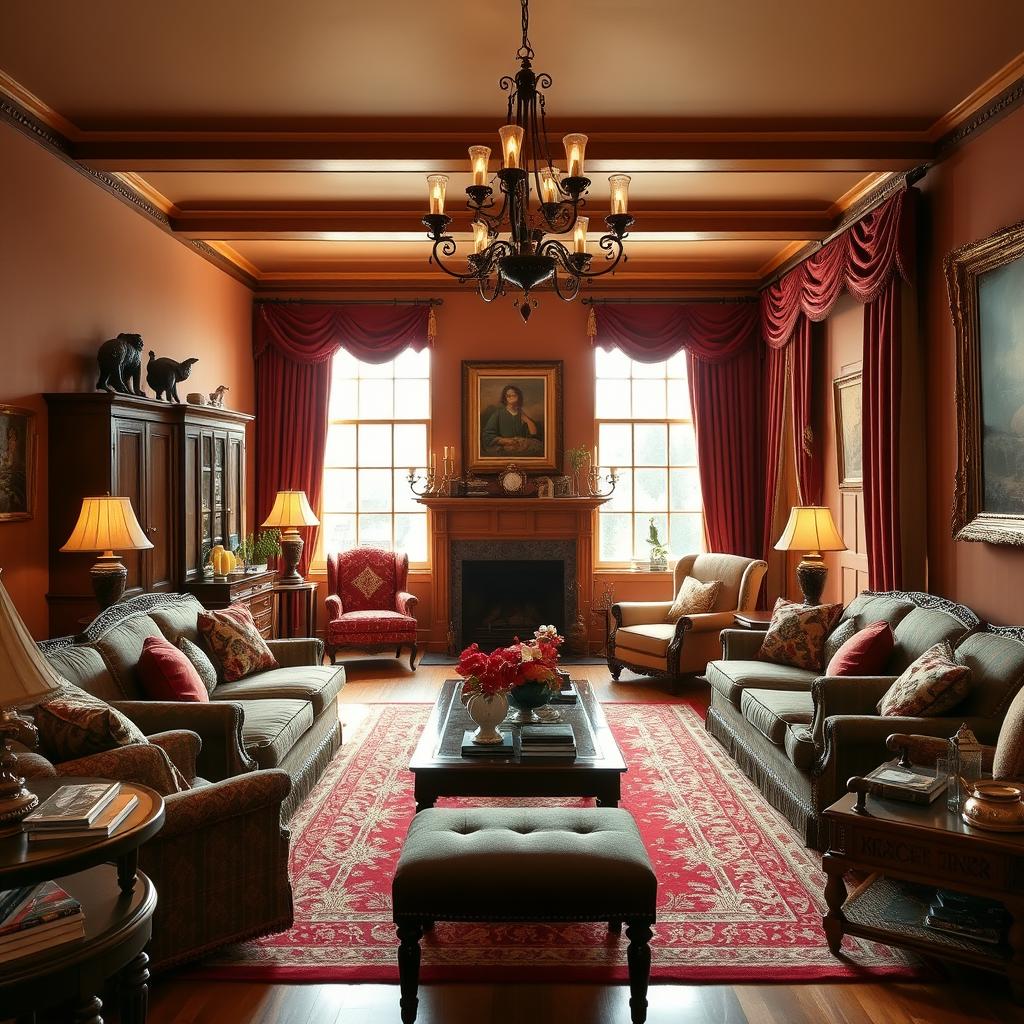
Creating timeless elegance means choosing the right decor and art. Antique paintings and porcelain vases bring elegance. Symmetry and sleek surfaces add style and sophistication.
Crafting a Timeless Color Palette
The color scheme is key in timeless interior design. Neutral colors like cream, beige, and soft pastels are popular. They create a versatile backdrop for your space.
These colors let your furniture, art, and details take center stage. This makes your space both classic and traditional.
The Versatility of Neutrals
Neutral colors are loved for their timeless appeal. They work well with many design styles, from rustic to modern. Warm neutrals, such as beige and brown, are often chosen for their comfort and stability.
They provide a solid base for traditional decorating style. This makes your space feel welcoming and enduring.
Subdued Hues for Lasting Appeal
Muted shades of blue and green add a touch of personality to traditional spaces. These colors blend well with classic furnishings and details. They create a timeless look that will last.
| Color Trend | Statistic |
|---|---|
| Timeless colors | Blue and green are considered the most timeless colors by designers. |
| Neutral preferences | Warm neutrals are preferred over cool neutrals for a timeless color palette. |
| Timeless dark color | Navy blue is recommended for a timeless dark color scheme. |
| Classic color choice | White is described as a classic and timeless color choice that pairs well with every interior design style. |
| Color scheme rule | The 60-30-10 rule is often followed in timeless color schemes: 60% primary color, 30% secondary color, and 10% accent color. |
| Personal preferences | Personal preferences play a significant role in creating a timeless color scheme. |
| Timeless bold colors | Bold colors can have a timeless quality if used sparingly and avoid trends. |
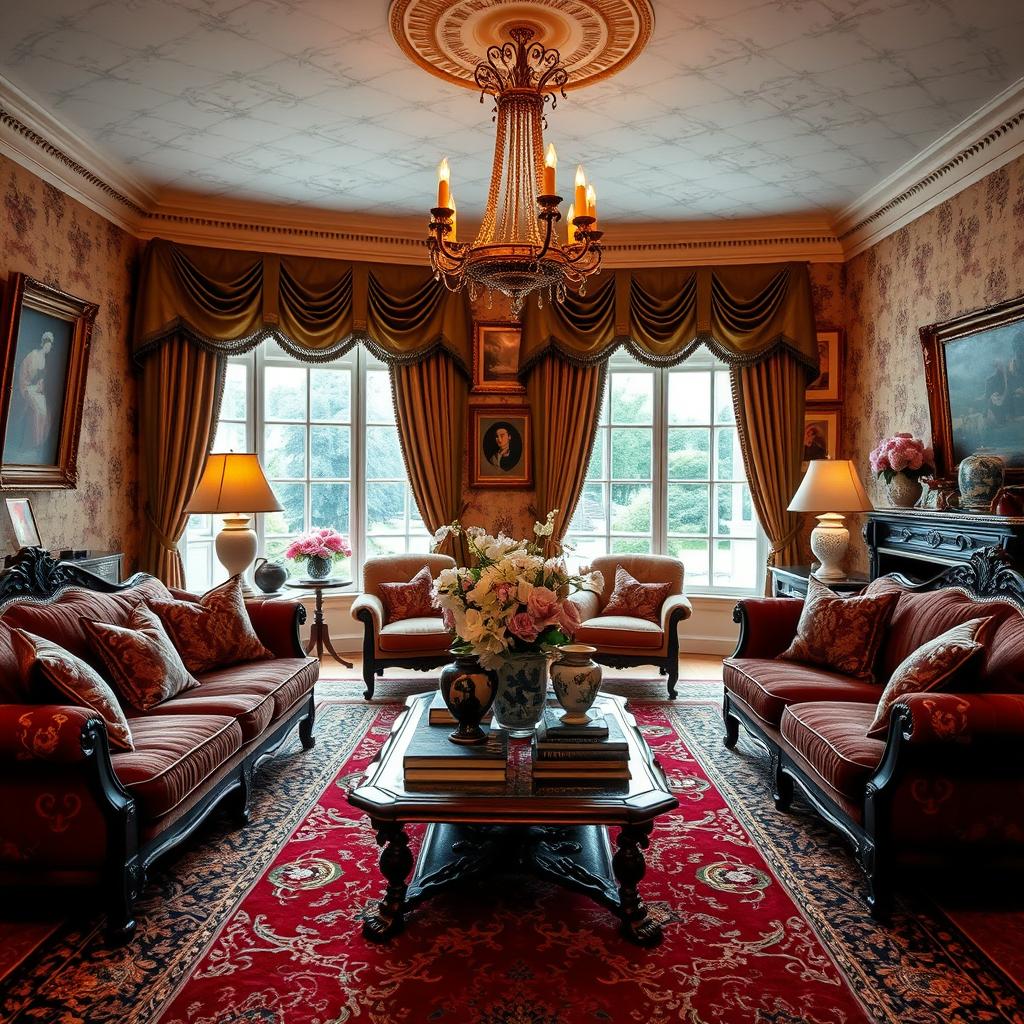
Creating a timeless color palette is key to a classic interior. Choose neutral tones or muted hues that complement your space’s classic elements. This way, your space will always look elegant and sophisticated.
High-Quality Fabrics: A Worthwhile Investment
In traditional interior design, fabrics are key to a timeless look. Materials like cotton, silk, and wool are classic choices. They bring comfort and a rich feel to your home.
These fabrics get better with age, gaining a unique charm. They also last long, keeping your home looking great. Cheap, synthetic materials can’t compare to their quality and beauty.
The latest trends at the High Point Market show a shift towards durable fabrics. Crypton® and Sunbrella® are now popular for their stain and UV resistance. Poly-cotton and rayon-polyester blends are also in, for their smooth, luxurious feel.
Investing in quality fabrics is essential for a traditional interior design style. Velvet sofas and silk curtains add elegance and last long. Choosing these materials ensures your home stays beautiful over time.
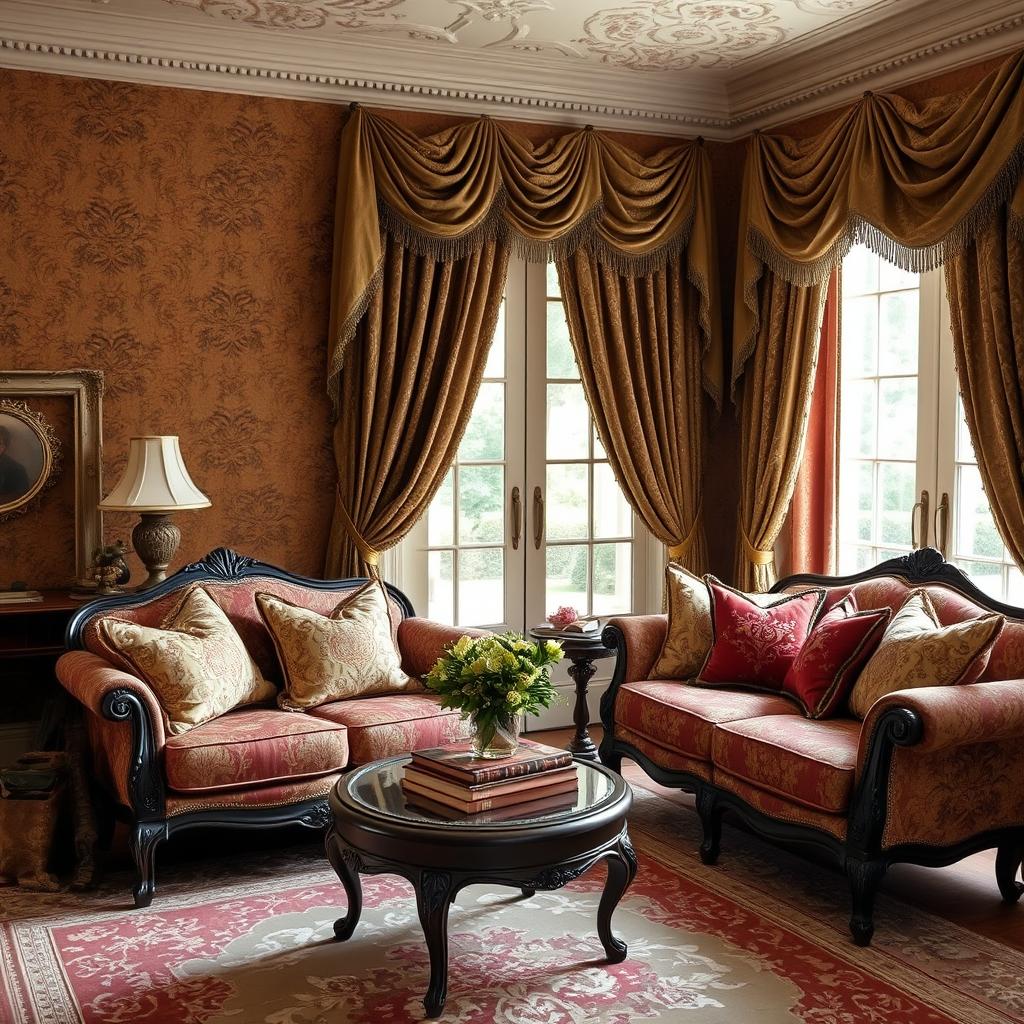
| Fabric Type | Key Characteristics |
|---|---|
| Cotton | Breathable, durable, and easy to clean |
| Silk | Luxurious, soft, and drapes beautifully |
| Wool | Warm, resilient, and resistant to stains |
| Polyester | Moisture-wicking, wrinkle-resistant, and cost-effective |
| Nylon | Exceptionally strong and durable |
| Acrylic | Soft, wool-like texture at a lower cost |
| Leather | Timeless, luxurious, and available in various grades |
The Art of Minimalism
In traditional interior design, minimalism stands out for its elegance. It focuses on the room’s details, like crown moldings and fireplaces. It also highlights carefully chosen furniture and decor.
Strategic Curation for Lasting Style
In a minimalist space, every item has a purpose. Furniture, artwork, and even throw pillows are chosen with care. This makes the room feel well-designed and timeless.
Minimalist spaces are known for their careful selection of items. Decluttering is key. The goal is to have a space that inspires and feels personal, not just filled with things.
Minimalism is about making thoughtful design choices. Traditional design can fit into minimalist spaces, keeping the calm and peace. It encourages a mindful and serene atmosphere.
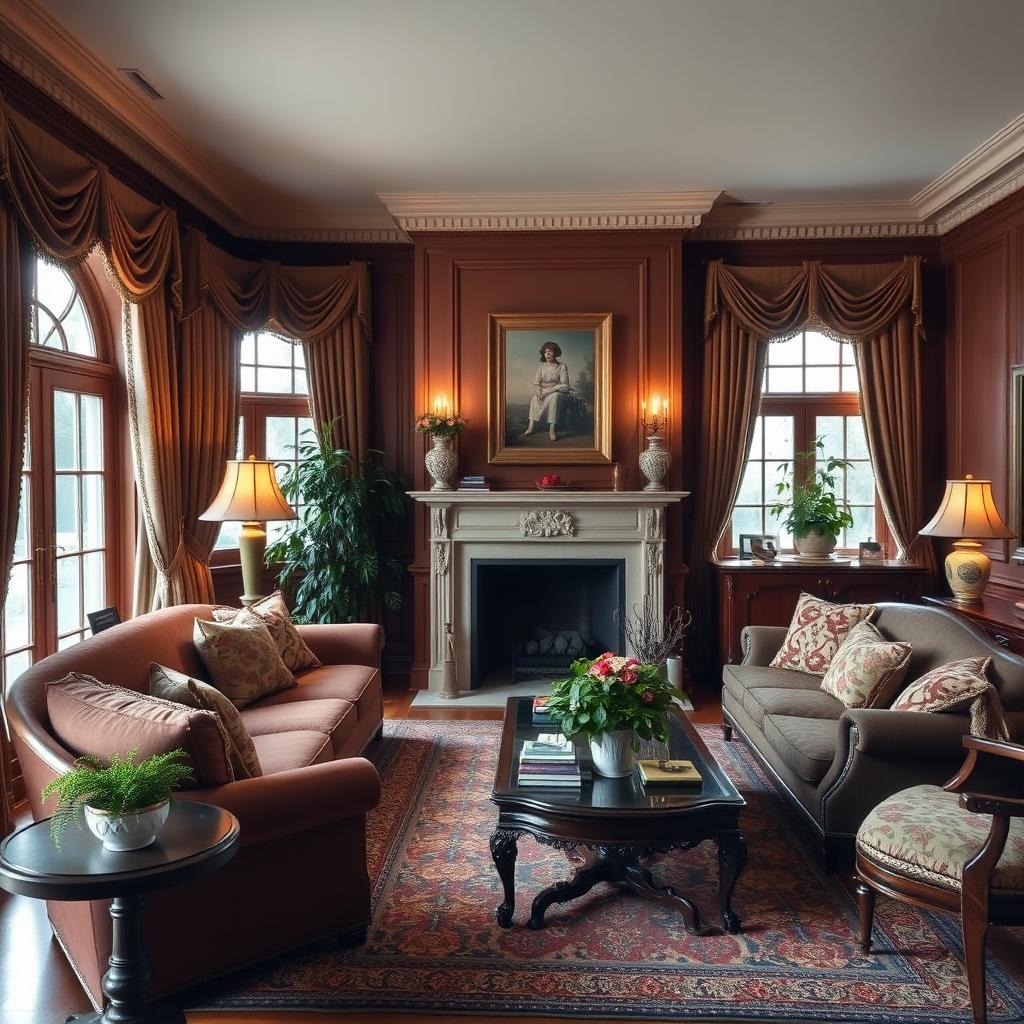
The Bauhaus and Mid-Century Modern styles have shaped minimalist design. They focus on clean lines and natural materials. Colors are soft, and lighting highlights the room’s features.
By carefully choosing each item, a minimalist space becomes a personal reflection. It’s visually stunning and shows the homeowner’s style and values. Every piece adds to the room’s harmony.
Textural Harmony: A Feast for the Senses
In traditional interior design, textures play a big role. They make a space more than just pretty. They create a rich, inviting atmosphere that feels both sophisticated and warm.
Contrasting Textures for Depth
Creating a stunning traditional interior is all about mixing textures. Soft and hard, matte and glossy, all together add depth and warmth. This makes your space feel rich and timeless, not trendy.
A mix of textures makes a space last longer. It’s not just about looks; it’s about feeling. From the rustic feel of mission-style furniture to the luxury of silk and velvet, different textures work together beautifully.
| Texture | Material | Contribution to Traditional Design |
|---|---|---|
| Rough | Oak, Walnut, Maple | Adds warmth and character to mission-style furniture |
| Smooth | Glass, Ceramic, Polished Metal | Introduces a sleek, modern touch to balance traditional elements |
| Soft | Silk, Linen, Wool, Cotton | Adds comfort and visual softness to traditional spaces |
| Organic | Natural Stone, Wood, Plants | Grounds the design in nature, creating a sense of timelessness |
By mixing different textures, traditional design becomes a feast for the senses. It invites you to touch and feel, not just look. This creates a timeless elegance that touches your heart.
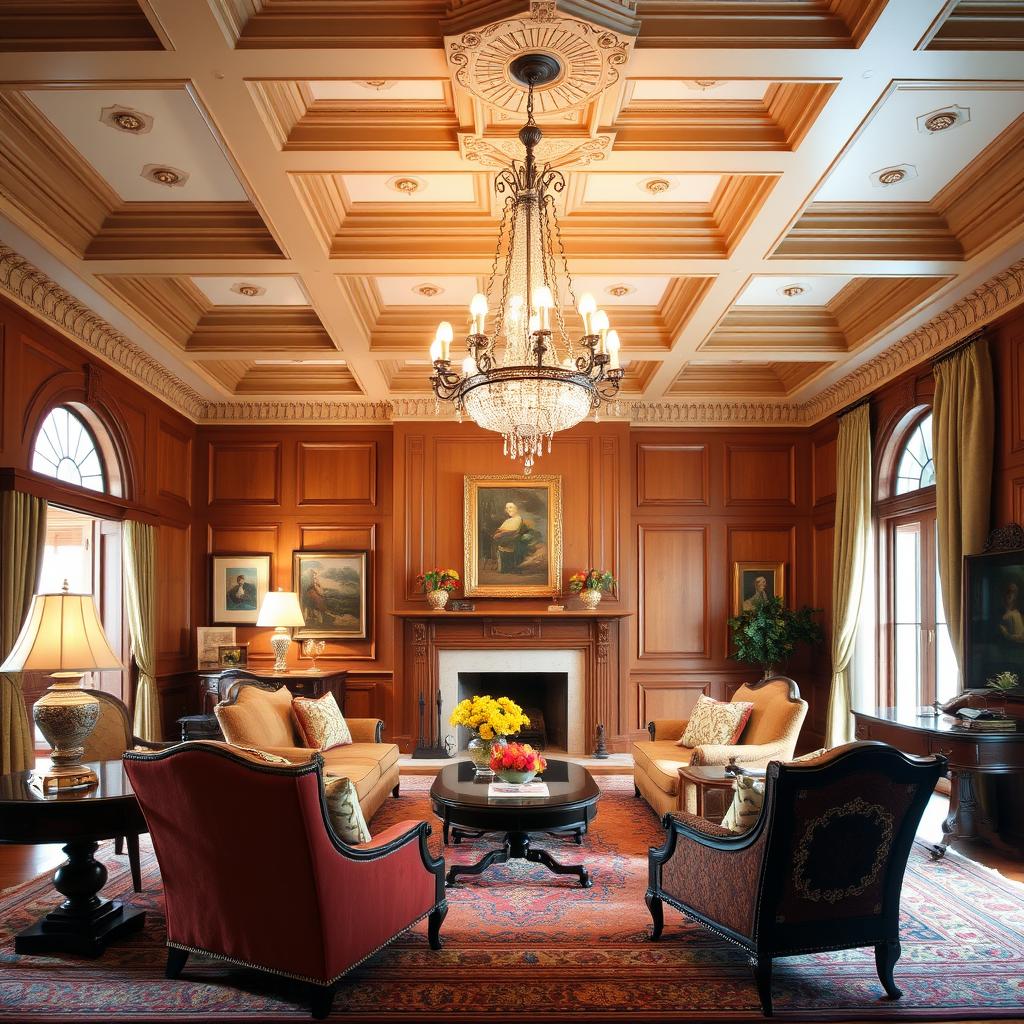
Incorporating Antiques into Modern Settings
Mixing old and new in design is like magic. The trick is finding the perfect balance. Think of antiques as the special spice in your dish. They should add flavor, not dominate.
Antiques bring a real, unique charm that new items can’t match. When adding antiques to your modern home, think about size and shape. Big, heavy wood might not fit, but light, airy pieces can balance it out.
Pairing sleek modern furniture with antique curves is a great idea. Refreshing upholstery can make antiques look modern yet keep their old-world charm. Using a consistent color scheme and mixing wood with metal can tie everything together.
Big antique pieces, like armoires or tables, can really stand out in a modern space. Smaller items, like end tables or mirrors, add a touch of tradition softly. The goal is to let antiques be the stars without taking over.
Restoring antiques needs care to keep their original beauty. Painting furniture is cheaper, but make sure it looks good with your modern decor.
Combining old and new in your home can make it truly timeless. By choosing and placing antiques wisely, you can create a space that’s both historic and stylish.

Cultural Influences for Global Sophistication
In traditional interior design, adding cultural influences is key to global sophistication. By mixing these elements, you make your space more than just modern. It becomes a timeless piece that tells many stories.
Each cultural item brings its own special feel to your space. The trick is to mix them well so none takes over. This way, your design is both beautiful and thought-provoking, showing off your taste and love for different cultures.
Think about adding Moroccan tilework, Scandinavian simplicity, or Indian colors and communal areas. These touches can make your traditional interior design stand out in a big way.
When you mix cultural pieces in your traditional style interior design, you start a journey of discovery. Each item shares its own story, adding to the story of your traditional interior. This shows off your style and your love for global design traditions.
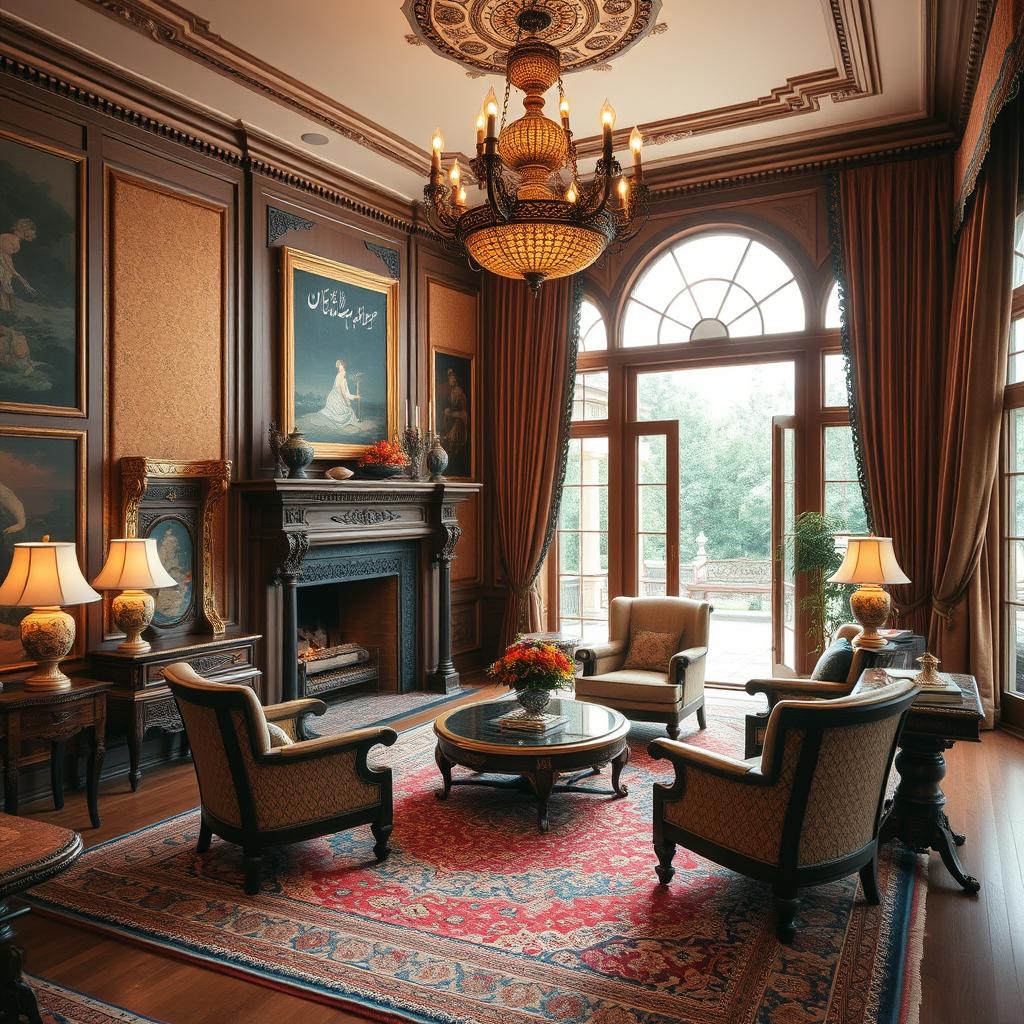
Embracing Personal Style
A timeless home is more than just a pretty picture. It shows who lives there. It’s the special touches that make a house feel like home.
Think of your home as a canvas for your style. The quirky details that mean something to you make it stand out. They turn a house into a place that feels truly yours.
Adding your own touches, like a favorite piece of art, makes your space unique. It brings interior design to life. Mixing old and new styles creates a space that’s both personal and timeless.
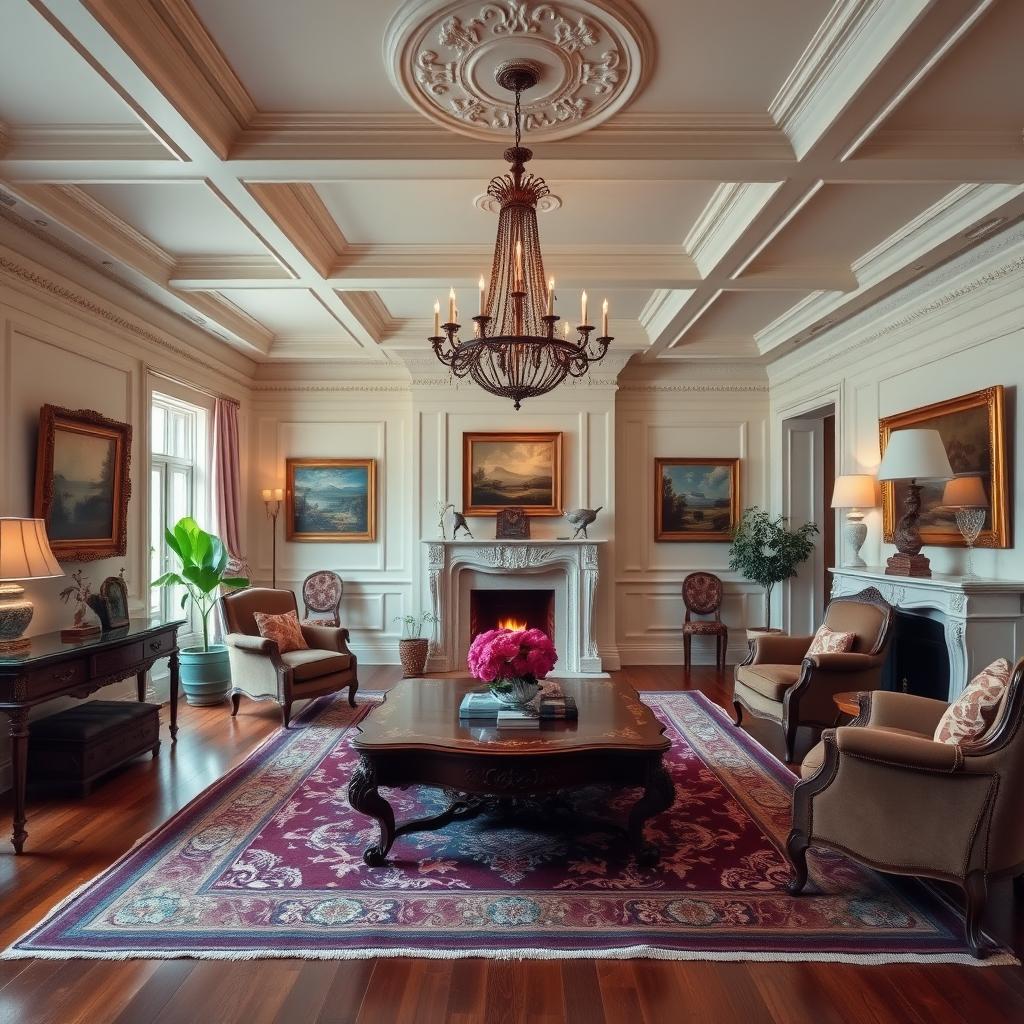
Creating your own space is a journey. Enjoy the process and don’t be afraid to try new things. A timeless home is one that shows the heart of its owners.
Harnessing the Power of Nature
Embracing nature in interior design is a deep and fulfilling journey. Using natural materials like jute, boucle, and linen adds a rich texture. This makes your space feel elegant and lasting.
These organic elements are both understated and powerful. They ensure your traditional interior design stays fresh. Wooden accents warm your space and age beautifully with you. Stone countertops, on the other hand, offer a lasting, refined look.
Natural Materials for Timeless Appeal
Floral and geometric patterns inspired by nature add life and structure to your traditional style interior design. They make your space calm and welcoming. This connection to nature brings a sense of peace and harmony.
- Incorporate jute, boucle, and linen for rich, tactile layers
- Wooden accents and stone countertops for enduring elegance
- Embrace floral and geometric patterns inspired by nature
By using nature’s power, you create a traditional design that’s both timeless and personal. It reflects the beauty and rhythms of the world. This approach brings calm, balance, and sophistication to your home.
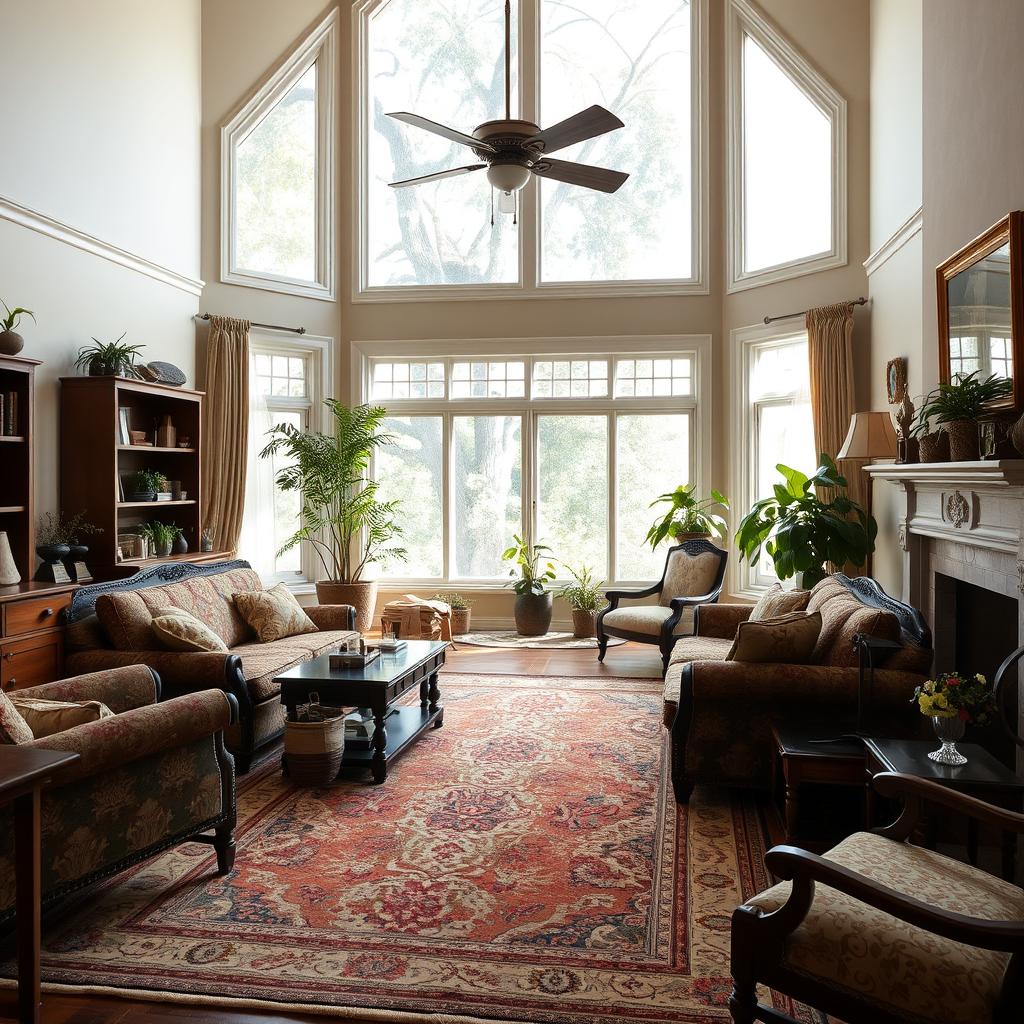
Traditional Interior Design
Traditional interior design is a timeless and sophisticated style that has captivated homeowners for generations. It blends comfort and functionality with a curated, lived-in aesthetic. Unlike the over-the-top or minimalist trends, traditional interiors strike a harmonious balance.
The beauty of traditional interior design lies in its ability to create a space that feels both enduring and unpretentious. By layering classic design elements, traditional homes evoke a sense of enduring elegance. The focus is on quality craftsmanship and enduring appeal, not fleeting fads.
At the core of traditional interior design are timeless design elements. These include neutral color palettes, high-quality fabrics, and carefully curated antique or vintage pieces. These elements work together to create a harmonious and visually striking environment.
Embracing the Essence of Traditional Design
- Neutral color palettes with muted hues and subtle accents
- Luxurious fabrics like velvet, silk, and wool for a cozy ambiance
- Strategically placed antique or vintage furniture and decor
- Emphasis on symmetry, balance, and cohesive furniture placement
- Layered textures for visual interest and depth
- Incorporation of natural materials like wood, stone, and natural fibers
By embracing the essence of traditional interior design, homeowners can create spaces that feel both timeless and personal. The past and present converge to create a harmonious and inviting atmosphere. This enduring style offers a sense of comfort and familiarity, making it a popular choice for those seeking a refined and sophisticated living environment.
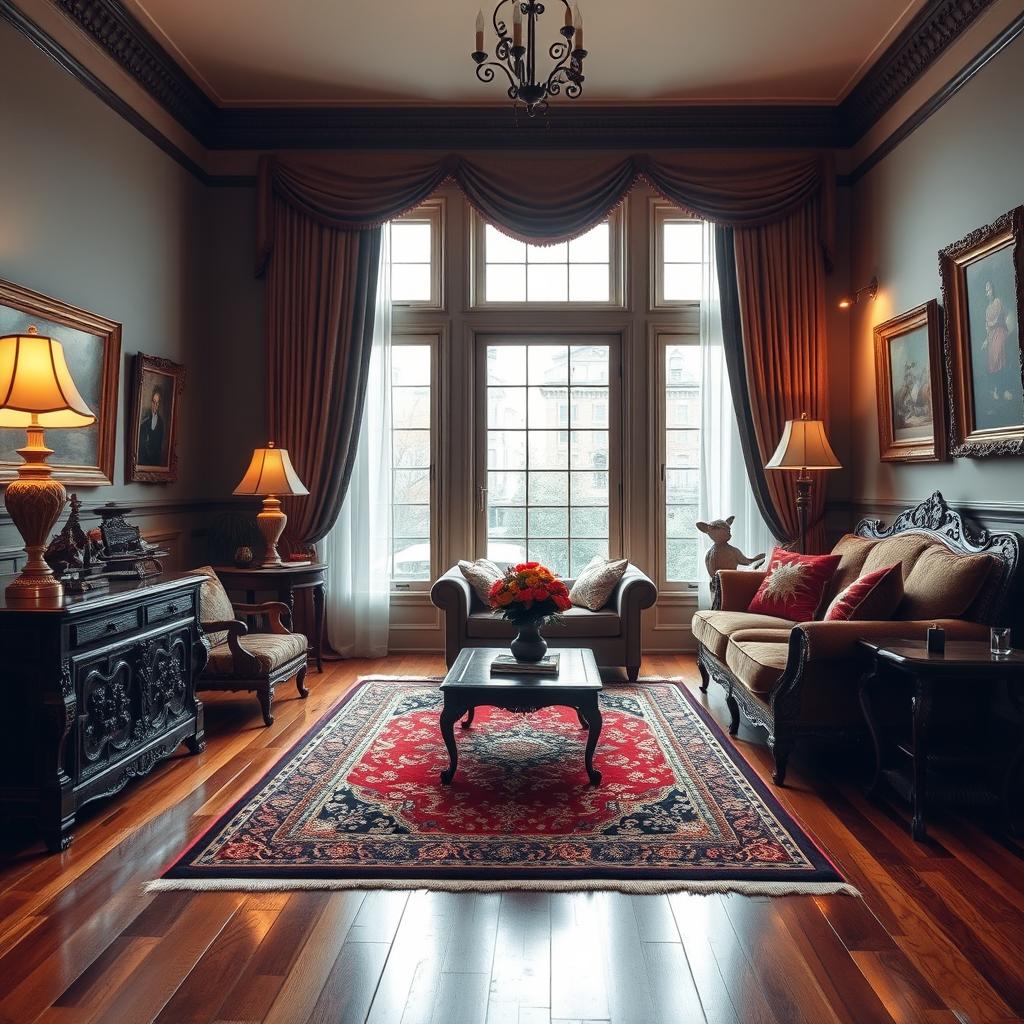
Architectural Elements for Grandeur
Adding architectural elements can make a space feel grand and elegant. Features like mouldings, arches, and columns are key. They add interest and depth, making a space sophisticated and timeless.
Mouldings, Arches, and Columns
Decorative mouldings can change a room, adding charm and refinement. Arches, over doors or as focal points, frame spaces beautifully. Columns add to the elegance and regality of traditional interiors.
It’s important to make sure these elements fit well with the design. By choosing mouldings, arches, and columns wisely, you can create a space that is both beautiful and enduring.
| Architectural Element | Role in Traditional Interiors | Design Considerations |
|---|---|---|
| Mouldings | Add visual interest and refinement to walls and ceilings | Choose intricately patterned and finished mouldings that match the style |
| Arches | Define and frame spaces, creating a sense of grandeur | Make sure arches are the right size and placed well in the room |
| Columns | Provide structural support and a stately, regal presence | Choose columns that match the space’s proportions and style |
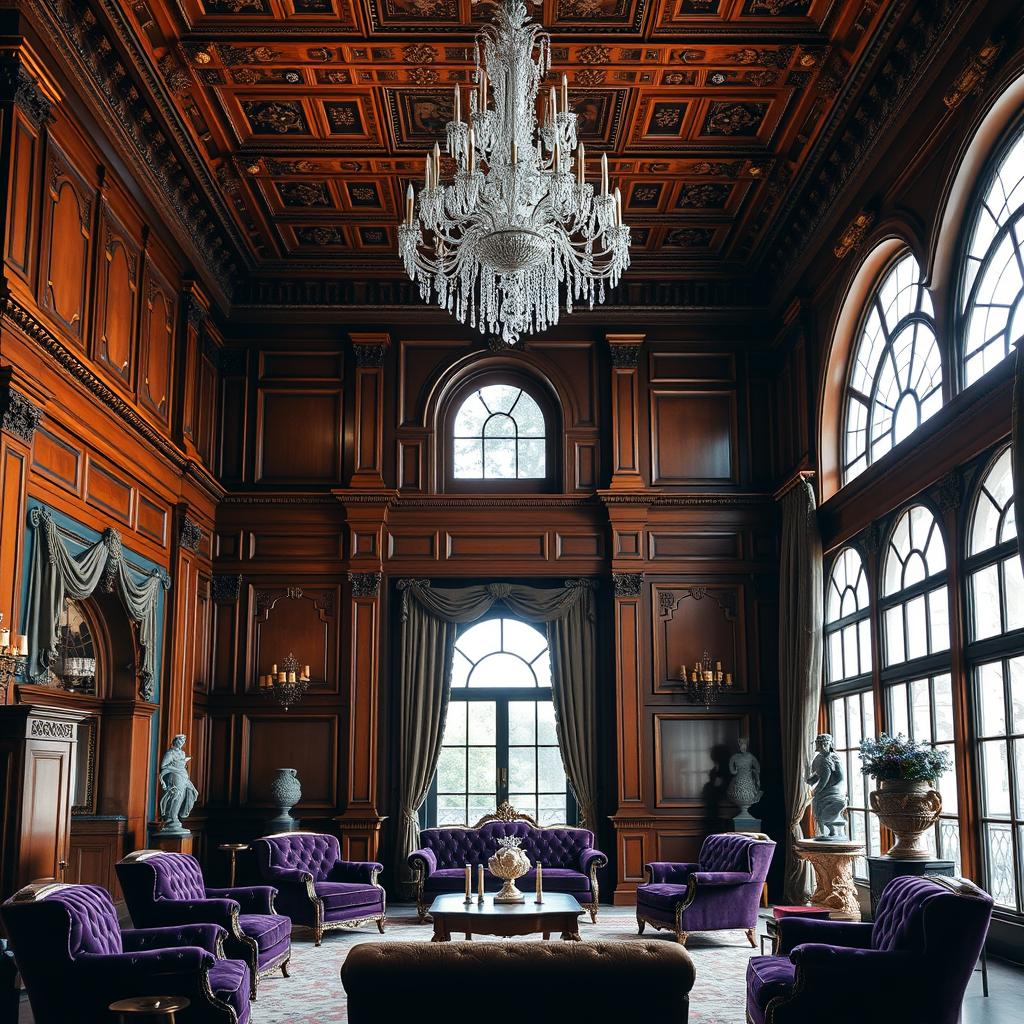
By using these architectural elements, you can make traditional interiors grand and elegant. They blend classic charm with modern living beautifully.
Formal Symmetry: Embodying Elegance
The classic design’s formal symmetry adds timeless charm to any room. It creates harmony and balance by mirroring elements on both sides of a central axis. This design philosophy brings elegance and order, perfect for a warm and lasting atmosphere.
Traditional home and interior design started in the 1700s and 1800s. It comes from 18th and 19th-century Europe, mainly France and England. This style is all about sophistication and comfort, inspired by Neoclassical and Georgian architecture.
Traditional design is known for dark or warm furniture, rich draperies, and ornate details. Symmetry is key, adding balance and order. A fireplace is often the focal point, surrounded by symmetrical elements to draw the eye.
Classic design features gentle curves and refined edges. It values craftsmanship, with a focus on detailed items. You’ll find panelled walls, pillars, and detailed plasterwork, along with plush velvet, linen, and silk.
Traditional style also brings in global inspiration, adding depth and sophistication. By using formal symmetry, traditional design captures timeless elegance.
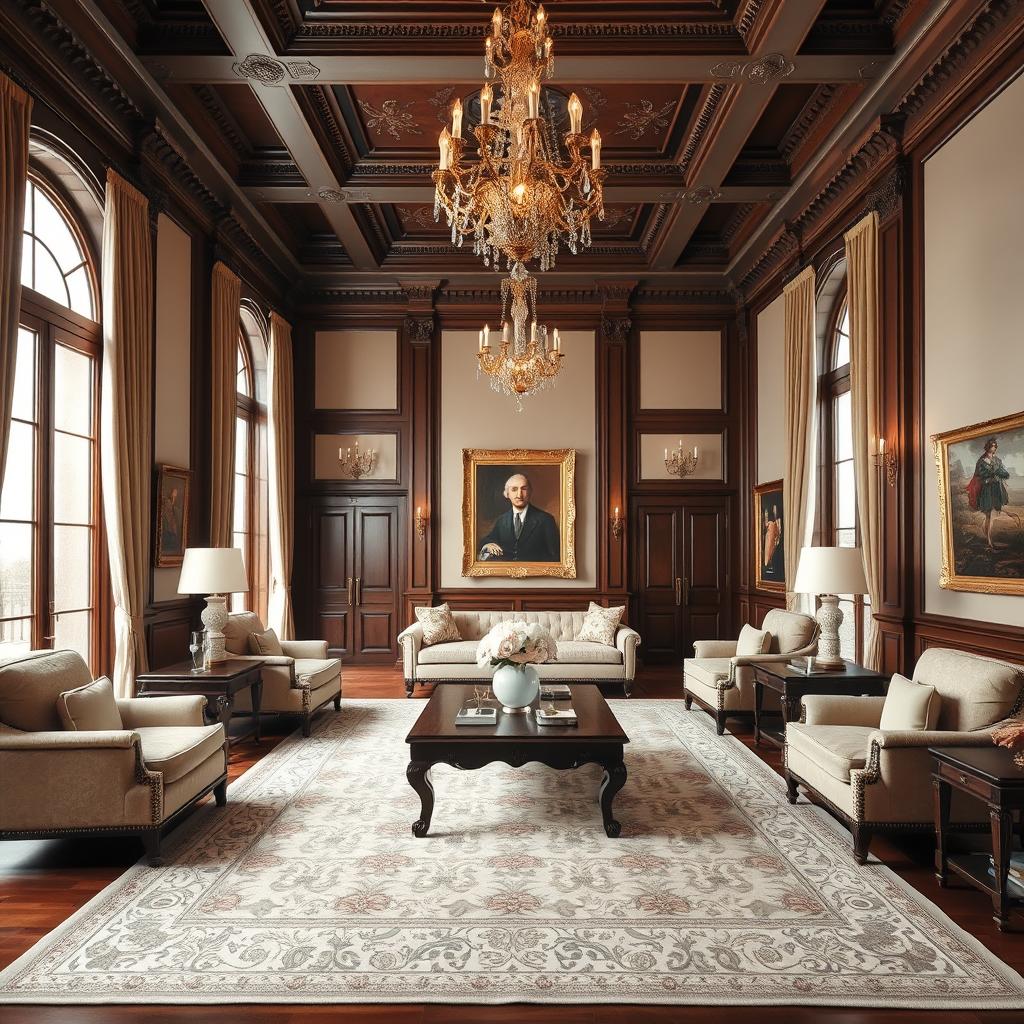
| Key Features of Traditional Interior Design | Benefits of Formal Symmetry |
|---|---|
|
|
Sleek Surfaces for Refined Sophistication
In traditional interior design, sleek surfaces are key. They create a refined and sophisticated look. These smooth elements provide a timeless background, letting other design features stand out.
Polished marble, glossy cabinets, and shiny stainless steel appliances are examples of sleek surfaces. They add a touch of luxury and beauty to any space.
These surfaces act as a canvas for furniture, artwork, and decor. Their simple yet elegant look balances well with traditional elements. This makes the room’s traditional features the main attraction.
Adding sleek surfaces to a traditional design can make a space feel more refined and elegant. By using polished finishes, homeowners can achieve a timeless and sophisticated look. This captures the essence of traditional interior design.
| Traditional Interior Design Elements | Sleek Surfaces for Refined Sophistication |
|---|---|
| Dark wooden elements | Polished marble worktops |
| Embellished furniture | Glossy lacquered cabinets |
| Long flowy drapery | Sparkling stainless steel appliances |
| Ornate molding | Sleek, minimalist lighting fixtures |
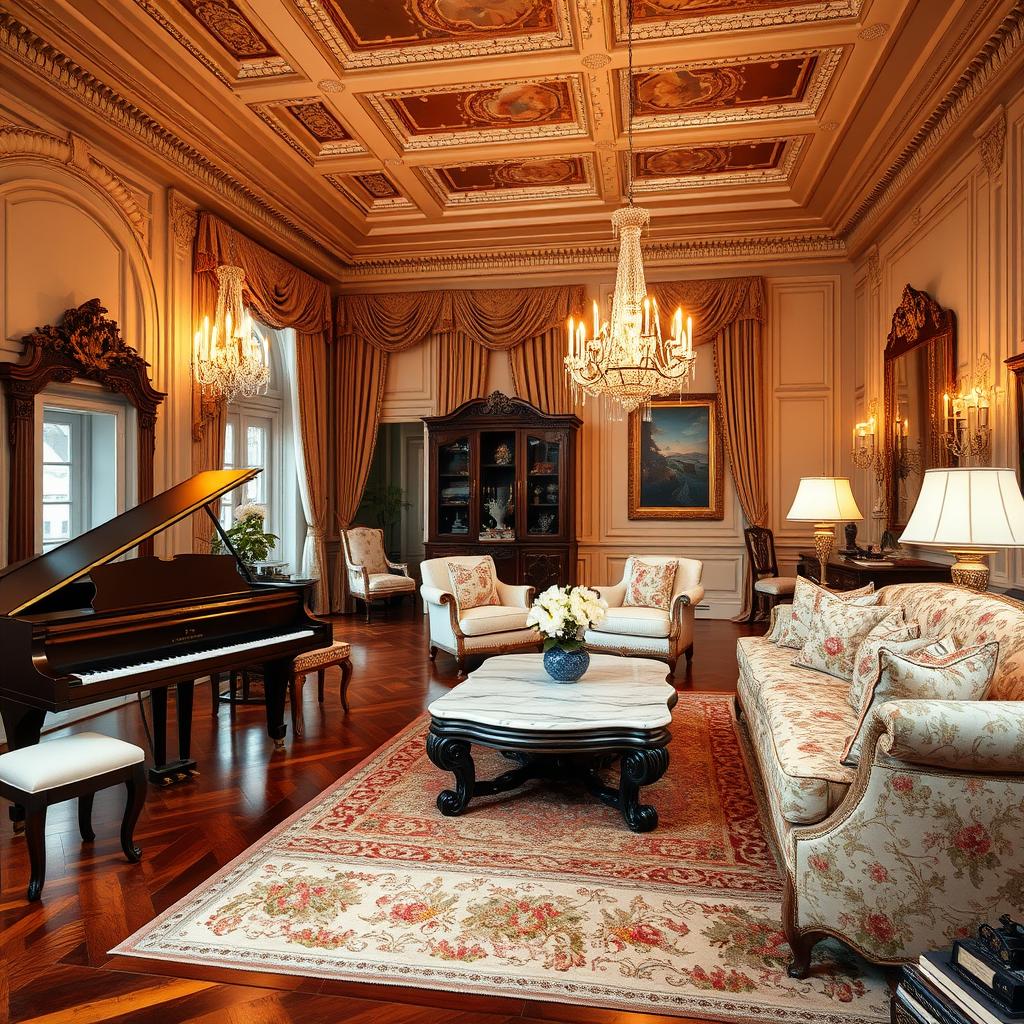
Decor and Art for Historical Charm
Enhance your traditional interior with classic artwork, family heirlooms, and decor accessories. Antique oil paintings, mirrors, and porcelain vases bring elegance and old-world charm. They add a timeless beauty and sense of history to your home.
Curating a Collection of Classics
Vintage decor items, like antique furniture, make great statement pieces. They add warmth and uniqueness to your space. An English Cottage style is perfect for mixing old and new decor.
Your personal style is key in blending antique and modern elements. This creates a cozy and elegant atmosphere in your home.
| Design Inspiration | Key Characteristics |
|---|---|
| Neoclassical | Furniture and architectural elements from the 18th-century revival |
| Arts and Crafts | Celebration of craftsmanship and handmade elements |
| Heritage Style | Historical inspirations drawn from Victorian, Edwardian, and Georgian eras |
Antique wall art, like vintage mirrors or oil paintings, adds classic charm. Imperfections in antique pieces make them authentic and unique. Neutral colors like beige, cream, and taupe are common in Heritage Style interiors.
Rich jewel tones like deep burgundy, regal blue, and lush green add luxury. Textures like plush velvet and brocades enhance the tactile appeal of traditional design.
DIY projects can make your traditional interior more personal. Revitalizing antique furniture or using peel and stick wallpaper are cost-effective ways to add historical charm.
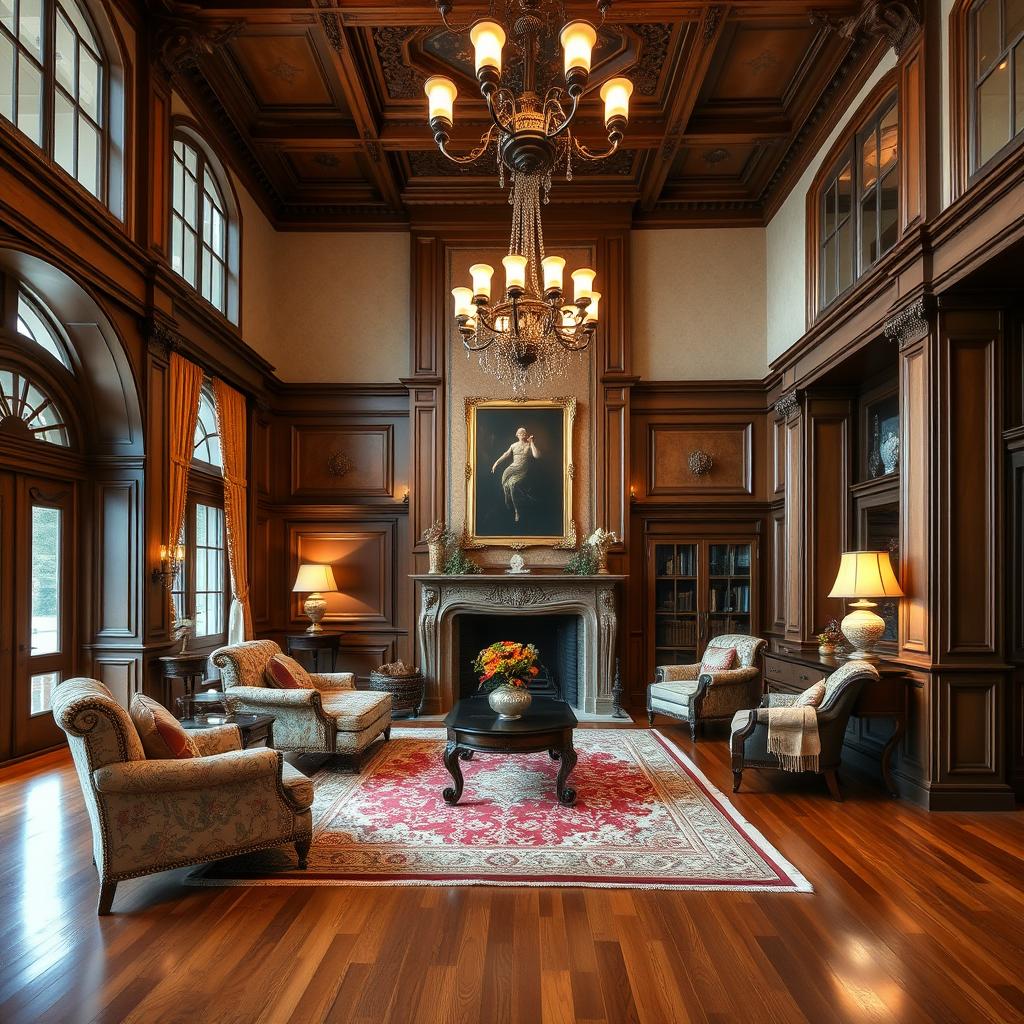
Conclusion
Adding traditional interior design elements can make your home feel timeless and elegant. It doesn’t matter if you live in a modern flat or a historic house. Traditional interior features can enhance your home’s atmosphere, turning it into a beautiful sanctuary.
The traditional design style is loved for its timeless beauty. It combines classic charm with modern touches. By mixing vintage items with modern tech, you can create a space that feels both old and new.
The lasting appeal of traditional interior design styles comes from their ability to offer comfort and elegance. Whether you prefer the cozy feel of a traditional home interior or the sophisticated look of a traditional style interior design, these designs add a timeless beauty to your space.
FAQ
What is timeless elegance in interior design?
Timeless elegance in interior design is more than just following trends. It’s about using classic design, fine craftsmanship, and natural harmony. It blends old and new, creating spaces that are warm, charming, and elegant.
What are the key elements of a timeless interior design style?
Timeless design focuses on neutral colors and natural fabrics like cotton and silk. It’s about carefully choosing furniture and decor. Adding antiques and architectural details like mouldings also plays a big role.
How can homeowners create a timeless aesthetic in their homes?
To achieve timeless style, use neutral colors and natural materials. Choose minimalist design and furnishings that match your home’s architecture. This approach ensures your home looks great for years to come.
What is the role of personal style in a timeless interior?
Adding personal touches makes a home truly yours. It’s about mixing in unique details that reflect your personality. This way, your home becomes a place that looks amazing and feels right for you.
How can natural elements contribute to a timeless interior design?
Natural materials like jute, wood, and stone add depth and timeless beauty. They are subtle yet powerful, keeping your decor looking fresh and modern.
What is the role of architectural details in a timeless interior?
Architectural elements like mouldings and columns add grandeur and elegance. They enhance the classic feel of your home, adding depth and refinement.
How can homeowners achieve formal symmetry in a timeless interior?
Classical design’s symmetry creates timeless charm. It brings elegance and order, making your space warm and inviting. This design philosophy is both stylish and enduring.
What role do sleek surfaces play in timeless interior design?
Sleek surfaces like polished marble and stainless steel add ageless elegance. They provide a sophisticated backdrop, letting other design elements shine.
How can homeowners incorporate antiques and cultural influences into a timeless interior?
Mixing antiques and cultural elements into modern spaces creates a timeless masterpiece. The key is to balance these elements, adding depth and beauty without overwhelming the design.
Why is it important to work with design experts for a timeless interior?
Design experts like Chalk Studio ensure a timeless interior is crafted with care. They blend traditional and modern styles, creating spaces that are both sophisticated and charming.
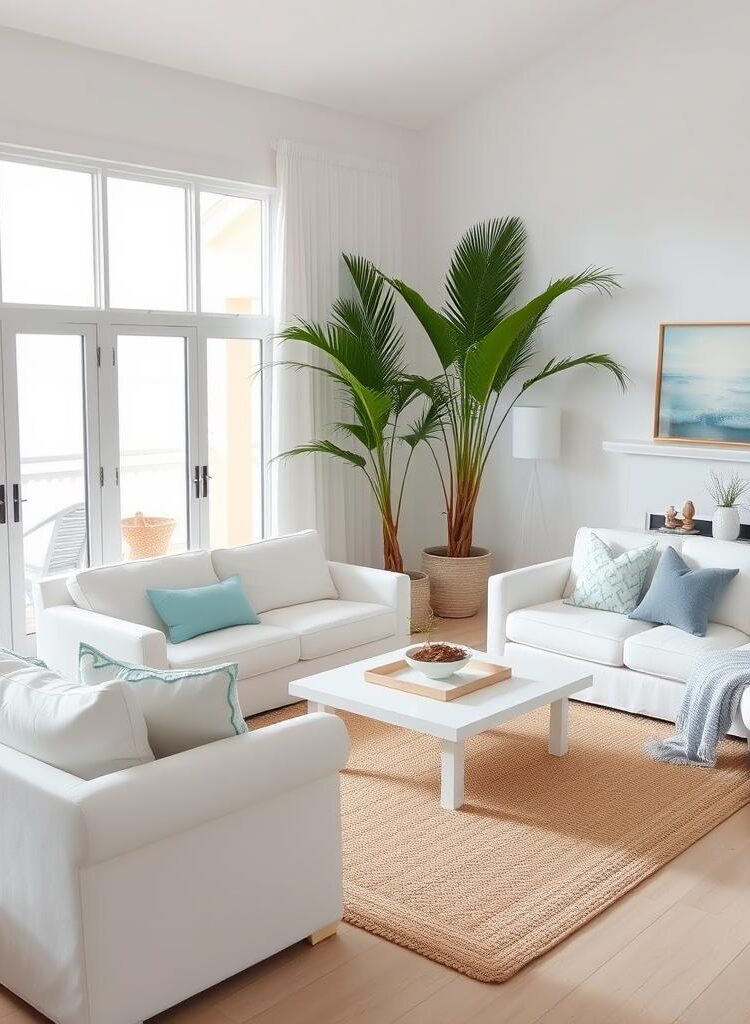
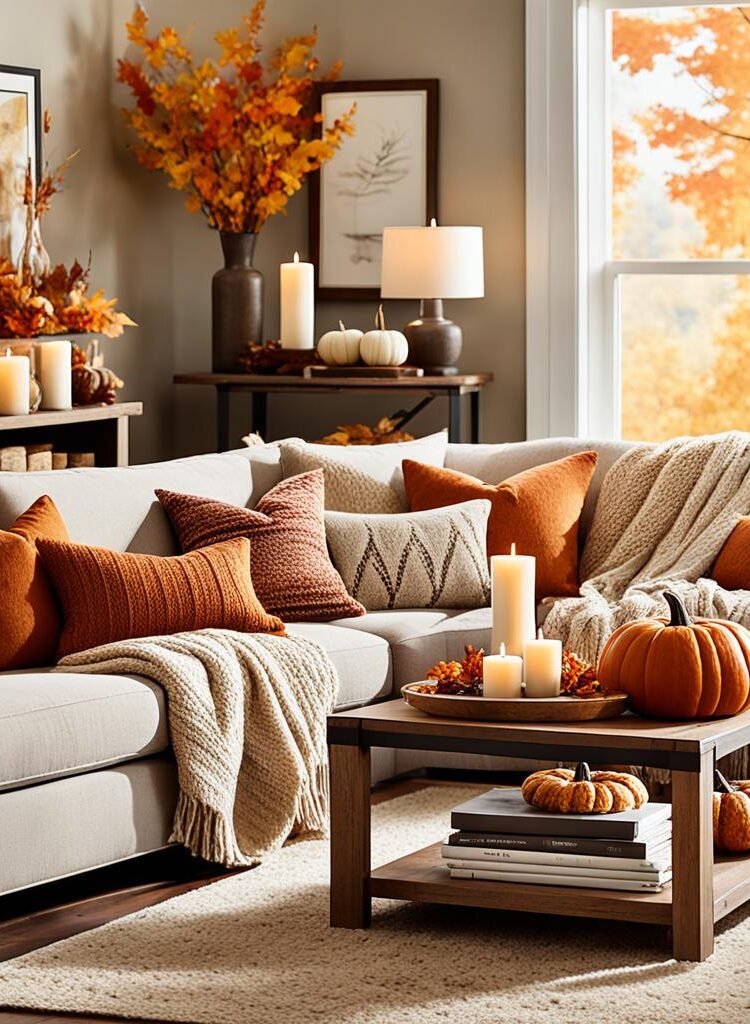
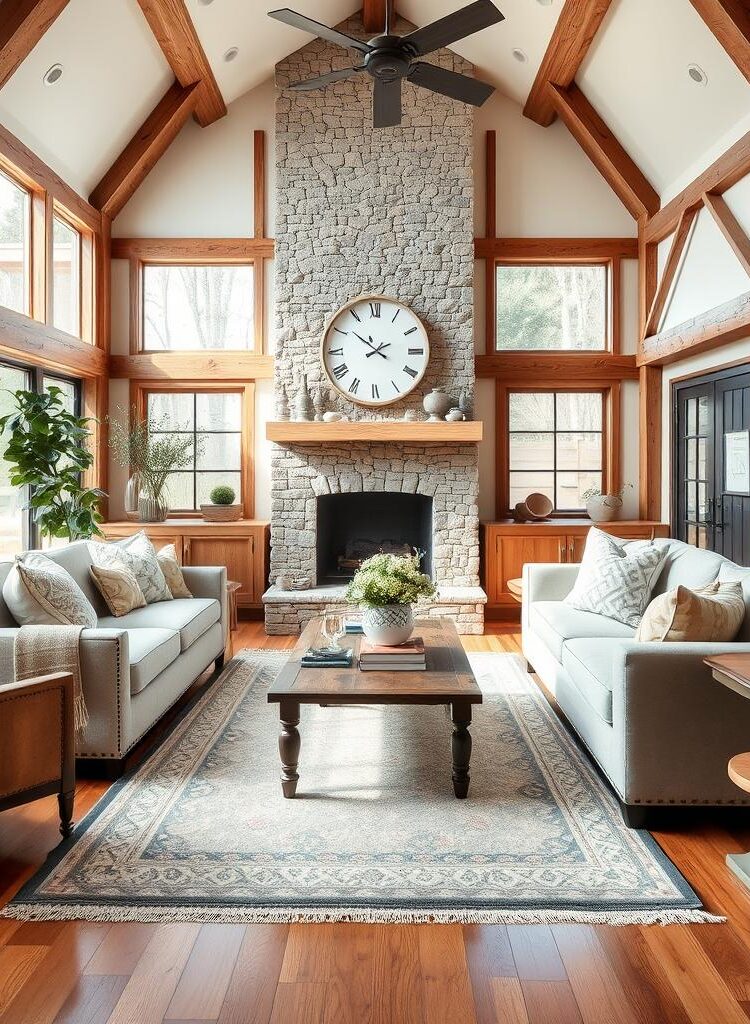
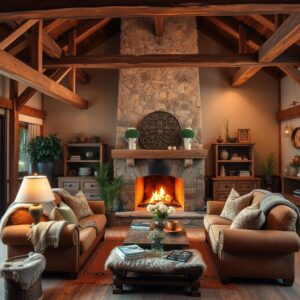
Leave a Reply